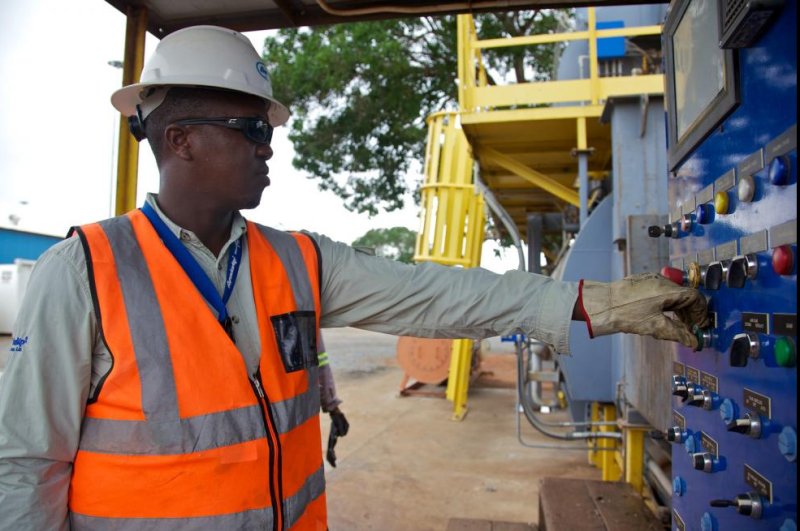
Mozambique, a country emerging as a natural gas leader, is one step closer to developing the infrastructure needed for LNG, Anadarko Petroleum said.
Anadarko, which has headquarters in the United States, said Monday it finalized agreements with the government of Mozambique that open the door for the construction of a liquefied natural gas project in the north of the country. Mitch Ingram, a vice president for LNG developments for Anadarko, said the agreement puts the company on pace to reach a final investment decision for the facility.
“It marks the completion of the core components of the legal and contractual framework with the government,” he said in a statement. “We expect to take a final investment decision once the sales purchase agreements and financing are in place.”
East African basins, led by reservoirs in Mozambique and Tanzania, are home to more than 25 percent of the natural gas discoveries made worldwide between 2010 and 2013.
Anadarko is working to develop an LNG facility with the capacity to process 12 million tons per year. It counts primarily Indian energy companies among its consortium partners.
In early June, Italian energy company Eni started the implementation phase for its Coral South LNG project, a floating facility drawing in the gas reserves discovered by the company in the Rovuma basin off the coast of Mozambique in deep waters. GE Oil & Gas signed two five-year contracts with Eni to provide equipment for offshore developments tied to Mozambique’s gas assets.
Biraj Borkhataria, an analyst with RBC Capital Markets, said that even though Eni has a long-term deal for deliveries from Coral South, the price tagmay be a deterrent. First gas from the Coral South project is expected by 2022.
LNG is emerging as an industry because of the flexibility of export options. Conventional natural gas is piped across national borders, which exposes it to geopolitical risks and trade issues.
Anadarko last week reported a net loss for the second quarter of $415 million, even after closing on $600 million in divestments.
Source:-upi



